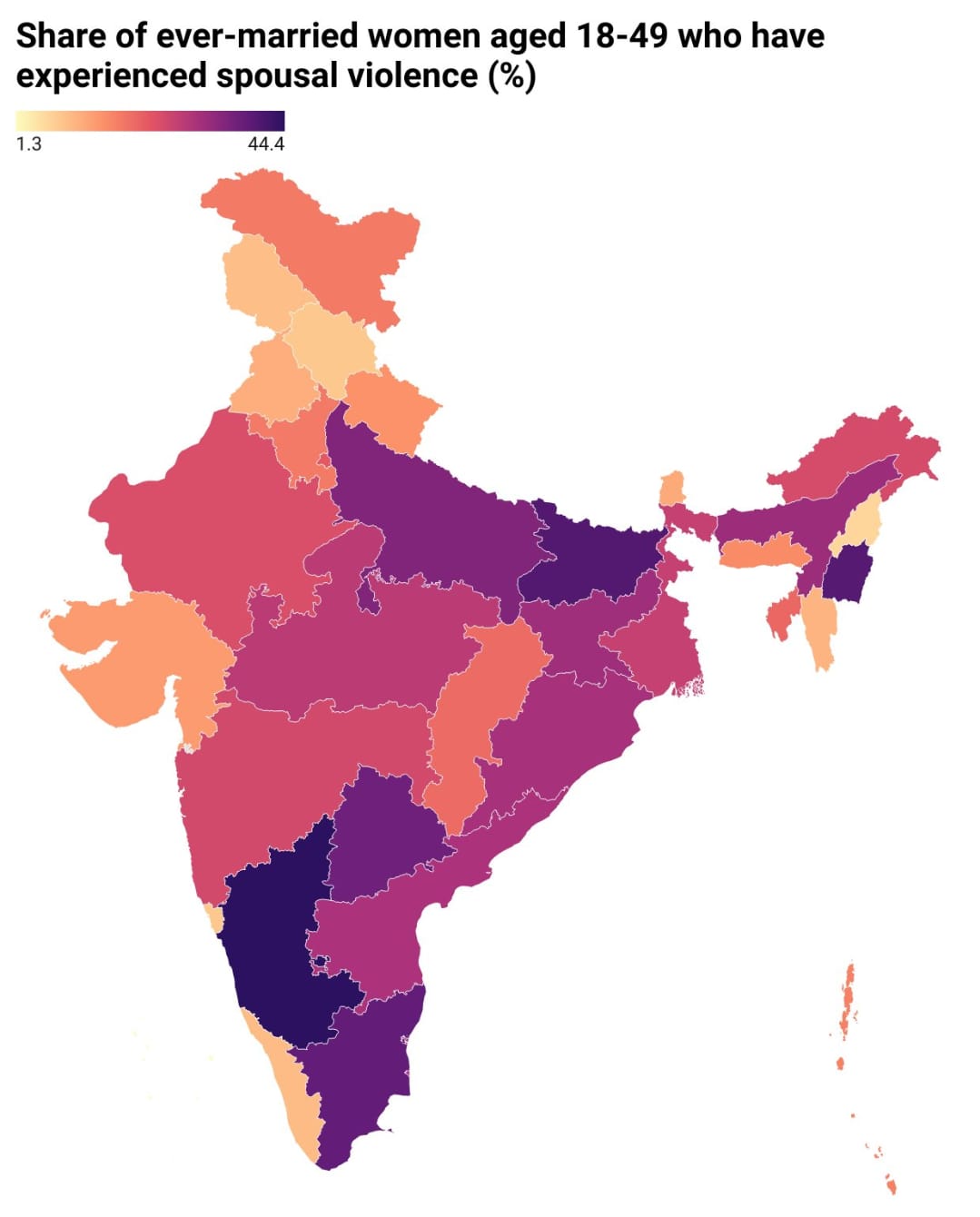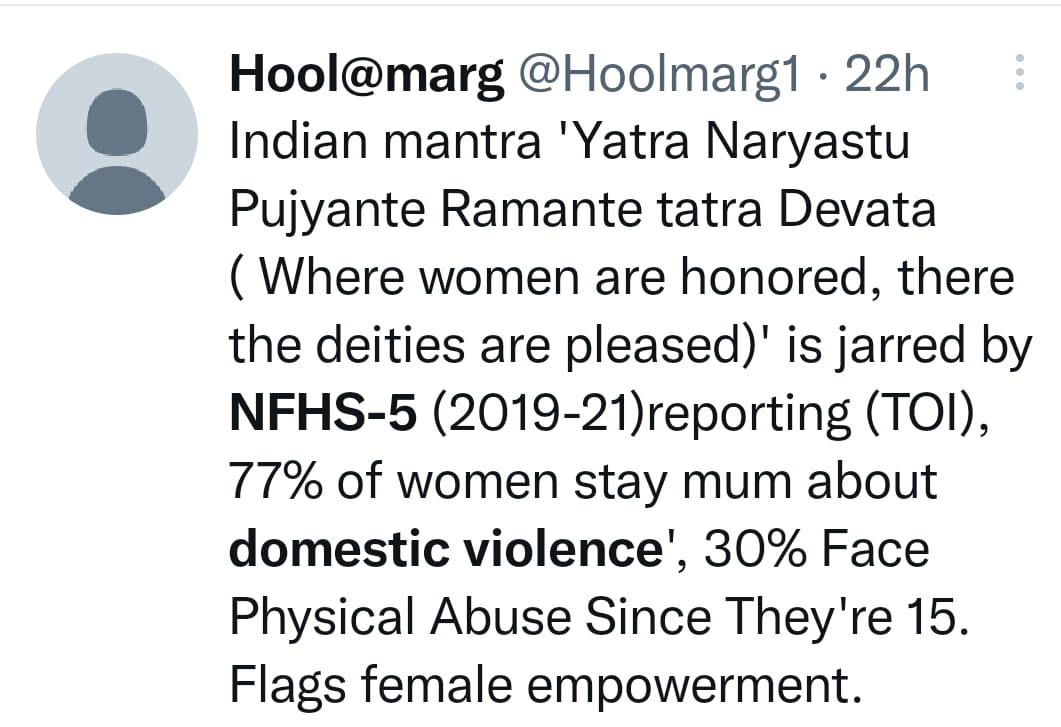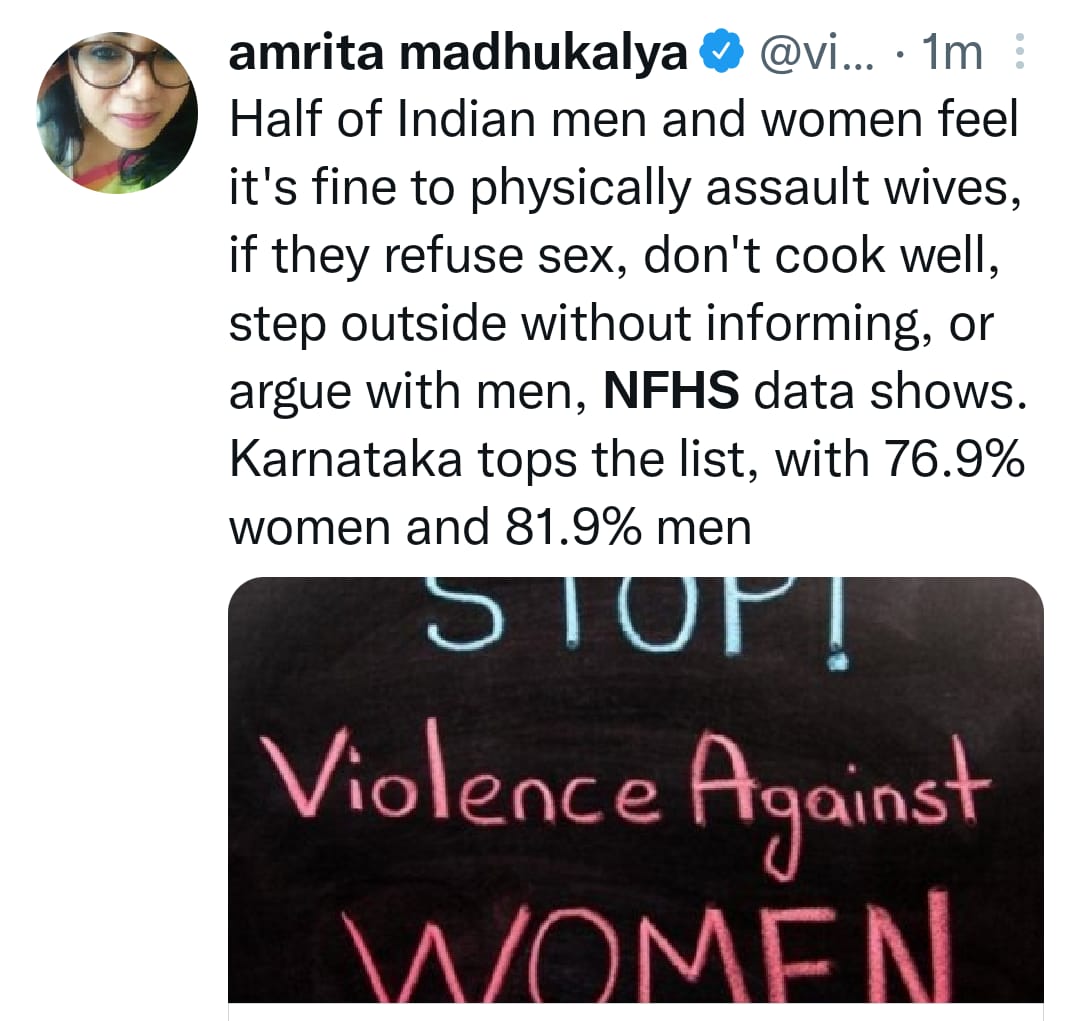According to the latest report by the NFHS-5 (National Family Health Survey) 2019-21, more than 3/4th (77%) of women face domestic violence silently. These women never seek help from any source to combat their pain and plight.
The data put light on the fact that violence is not physical only. In fact, in many cases, domestic sexual abuse is present too.
India is such a vast spectrum when it comes to issues like women’s safety, education, health, and freedom. We can easily see the onset of the plight of women as early as when they are approaching teenage.
Like, such abstain them from basic needs like a healthy diet, education, health facilities, freedom to eat, wear, speech, etc. One of the prime reasons which can summarize the issue is the lack of acceptance of women’s choices in our society.
Over the last few decades in metro cities and developed areas, things are looking better for a small fraction of women. This is becoming easier as the education roots are intensifying in developed areas. So, education is one of the solutions to this grievous issue.
NFHS-5 Report Observations & Findings
The report tells that only 14% of women came out and seek help in case of domestic violence. The most important source of help for such women comes from their families in almost 58% of cases, spouse family in 27% of cases, and relatives or friends in 18% of cases.
But a surprising thing is that only 2% of women seek professional help like from doctors, lawyers, psychologists, etc.

The most disheartening observation this data shows is that more than 30% of women justify violence by their husbands. According to them the main reasons for such act is alcohol, refusal of sex, family disputes, financial insecurities, etc. Karnataka tops the numbers in domestic violence.
Another observation says that 32% of the married women in the age group of 18-49 have experienced sexual, physical, or emotional violence in some or other ways. Out of these women, 7% women have prominent physical violence injuries like on the eyes, face, head, cuts, wounds, etc. Physical violence (in 28% of cases) is the most common violence a woman faces than emotional (in 14%) and sexual (in 6%).
In married women, the sexual violence committed by the current spouse consists of 83% cases or ex-spouse in 13% of cases. Whereas in non-married females the offender in sexual violence is known one may be a relative or a friend in more than 65% of cases.
Despite all the issues NFHS-5 also shows that there is a decline in violence against women in general. There is a 31% decline in spousal and sexual violence against women as compared to NFHS-4 (2015-16).
Conclusion
The position of both genders in terms of all aspects of health should be the parameter of the growth of the nation and its people. Gender equality is the solution that needs to work at the root level. There are many ways to achieve gender equality via equal access to education, health facilities, diet, nutrition, etc. As we have seen that there is a decline in overall violence but it is still a long-lasting issue to solve.



